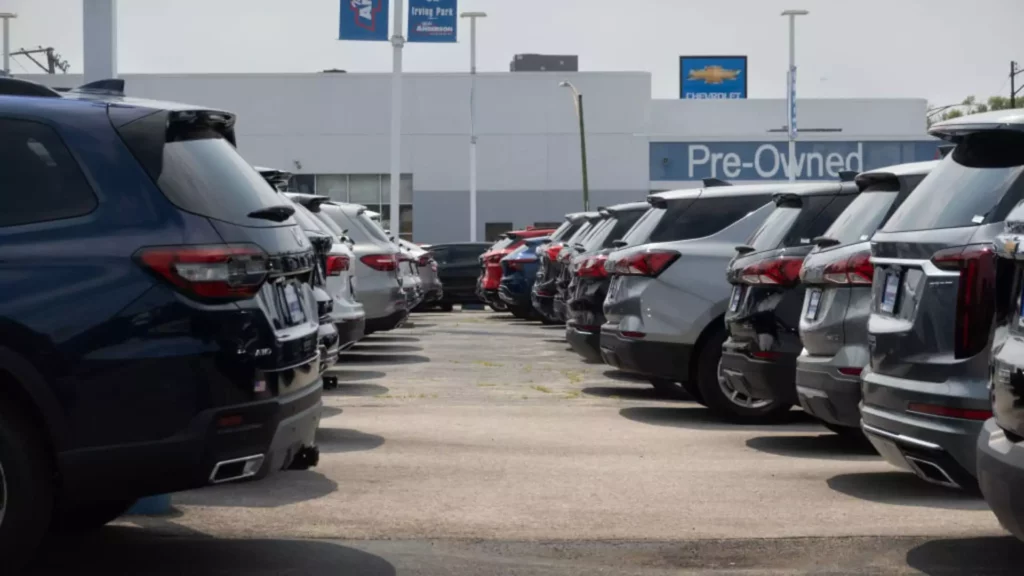In recent times, a troubling trend has emerged in the American automotive finance landscape. A report from Edmunds.com reveals that many consumers are finding themselves in a precarious financial position known as “upside-down” loans. This scenario occurs when borrowers owe more on their auto loans than their vehicles are currently worth. The third quarter of this year saw the average amount of negative equity reach an alarming $6,458, representing a notable increase from $6,255 just a quarter prior and significantly higher than $5,808 a year ago.
While owing a small amount more than one’s car is worth may not seem catastrophic, the sheer number of Americans affected points to deeper financial stress among consumers. The Federal Reserve’s findings, which indicate significant rises in auto loan delinquency rates above pre-pandemic levels, serve as a stark warning. Where once these rates had hit historic lows during the pandemic, the current recovery period has brought about increased financial pressure for average borrowers.
Jessica Caldwell, a leading analyst at Edmunds, highlights the increasing severity of this issue. She noted that having negative equity nearing or exceeding $10,000 is particularly alarming. The statistics reveal that over 20% of consumers facing negative equity owe at least this much, with 7.5% surpassing the even steeper mark of $15,000. Such figures illuminate the precarious financial situations many individuals find themselves in today.
A significant factor contributing to the rise of upside-down loans can be traced back to the vehicle purchasing behaviors during the pandemic. Consumers flocked to buy new cars in 2021 and 2022 amidst supply shortages and inventory declines, often paying far more than the vehicle’s actual market value. This inflated pricing was exacerbated by rapid depreciation when supply chains began to recover and vehicle availability improved.
With borrowers locked into long-term loans, such as those spanning seven years, the potential for negative equity increases dramatically. Individuals predisposed to changing vehicles frequently or those unaware of their financial habits are particularly prone to find themselves in this troubling position.
Considering the current landscape, it is essential for consumers to reassess their auto financing decisions. Strategies to mitigate negative equity include maintaining ownership of vehicles longer to allow for stabilization of value. Routine maintenance practices can also preserve a car’s worth, helping to avoid further depreciation and associated costs. Ivan Drury, director of insights for Edmunds, emphasizes the importance of honesty in ownership habits, urging consumers to look beyond merely meeting monthly payment obligations.
Ultimately, the rise in upside-down auto loans highlights a broader issue of financial literacy and responsibility among consumers. It is essential for car buyers to weigh the long-term implications of their purchasing decisions, especially in a market marked by volatility and rising costs. As awareness of these financial realities grows, so too must strategies for responsible car ownership.

